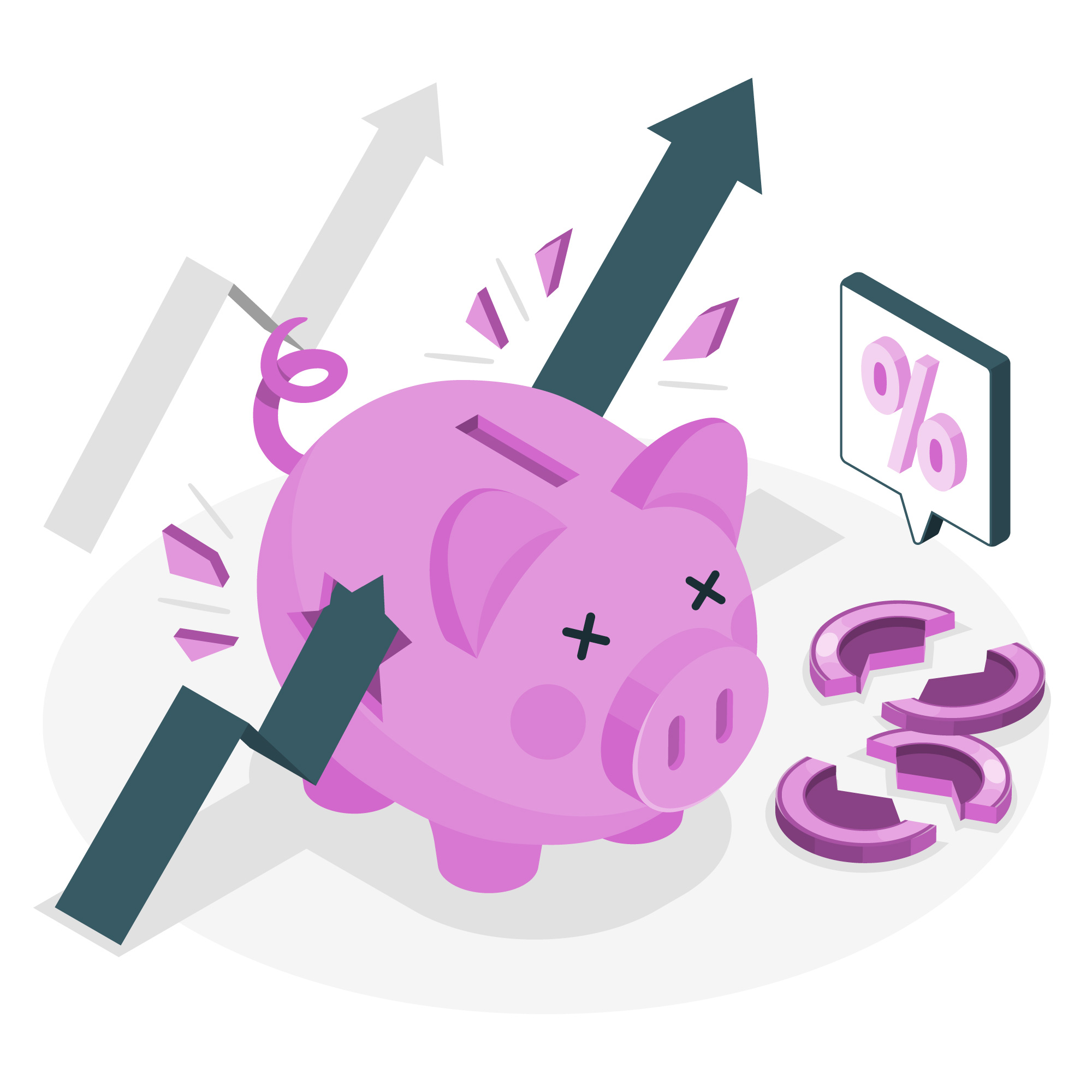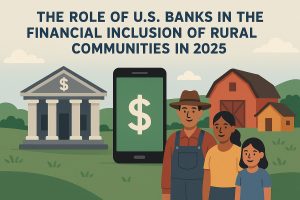Personal loans can be a lifesaver in times of financial need, but they often come with a hidden danger: high-interest rates. For many borrowers in the United States, personal loans provide an accessible way to manage sudden expenses, pay off debt, or make significant purchases.
However, these loans can quickly turn into financial traps if not managed properly. Understanding how to navigate the complex landscape of personal loan offers can save you from long-term debt and financial strain. In this guide, we will explore effective strategies to avoid high-interest traps, understand the importance of your credit score, and compare loan options to ensure you make informed decisions.
Understand how interest rates work

Interest rates are a key factor in determining the overall cost of a personal loan. When you take out a loan, the interest is essentially the fee the lender charges for providing you with the funds. This rate, usually expressed as a percentage of the loan amount, directly affects how much you’ll pay over the loan’s term. Interest rates can either be fixed, meaning they stay the same throughout the loan’s duration, or variable, fluctuating based on market conditions, which can impact monthly payments.
Fixed interest rates remain constant throughout the life of the loan, providing stability and predictability in monthly payments, which can be advantageous if rates are low when you borrow. On the other hand, variable interest rates can fluctuate according to market conditions. While a variable rate may initially be lower, it carries the risk of rising over time, potentially increasing the overall cost of the loan. Understanding the differences between these two types of rates is crucial for making informed financial decisions and avoiding high-interest traps.
Additionally, lenders typically present the Annual Percentage Rate (APR) alongside the interest rate. Unlike the interest rate, which only reflects the cost of borrowing, the APR includes additional fees and expenses associated with the loan, such as origination fees or closing costs. This makes the APR a more comprehensive measure of the total borrowing cost. When comparing loan offers, it’s essential to focus on the APR to gain a clearer understanding of what you’ll be paying over the life of the loan, helping you make more informed financial choices.
Monitor your credit score before applying
Your credit score plays a pivotal role in determining the interest rate you’ll be offered on a personal loan. Lenders rely on this score to evaluate your creditworthiness and assess the level of risk involved in lending to you. A high credit score signals responsible financial behavior, often leading to lower interest rates and more favorable loan terms. Conversely, a low credit score can label you as a high-risk borrower, resulting in significantly higher interest rates, which can make even smaller loans more expensive and harder to manage.
Before applying for any personal loan, it’s wise to check your credit report and score. This will give you an idea of where you stand and help you address any issues that may negatively affect your rate. Errors on your credit report can drag your score down, so ensure your information is accurate. If your score is lower than you’d like, taking steps to improve it—such as paying off outstanding debts or avoiding new credit inquiries—can significantly enhance your chances of securing a loan with favorable terms.
Regularly monitoring your credit score allows you to make more informed decisions about when and where to apply for loans. Many financial apps and websites offer free credit monitoring, enabling you to keep track of your progress and identify areas for improvement. In the end, improving your credit score can lead to significant savings on interest over the life of your loan.
Compare loan offers and avoid payday lenders
When considering a personal loan, it’s crucial to shop around and compare offers from multiple lenders. Each lender has its own criteria for approving loans and setting interest rates, meaning the rates and terms you’re offered can vary significantly between institutions. By exploring options from various banks, credit unions, and online lenders, you increase your chances of securing a better deal. Don’t settle for the first offer you receive; instead, take the time to gather as much information as possible to ensure you’re choosing a loan that offers the most favorable terms.
One common trap borrowers fall into is relying on payday loans or other high-interest lenders. While these loans may seem convenient, especially for those with poor credit, they often come with astronomical interest rates that can quickly spiral out of control. Payday loans, in particular, are notorious for their short repayment periods and fees that can push the effective APR into the hundreds. These loans should be a last resort due to the high risk of falling into a cycle of debt.
Instead, explore alternatives such as personal loans from reputable banks or credit unions, which tend to offer more reasonable rates. Online lenders can also be a good option, as they often provide competitive rates and more flexible repayment terms. Always read the fine print, paying close attention to fees, repayment schedules, and whether the interest rate is fixed or variable.
Conclusion
Avoiding high-interest rate traps in personal loans requires a well-thought-out strategy. First, it’s crucial to understand how interest rates work, as the annual percentage rate (APR) can significantly impact the overall cost of borrowing. A strong credit score is also key to securing better loan terms, as lenders typically offer lower interest rates to borrowers with solid credit histories. It’s equally important to carefully compare loan offers from different lenders, looking beyond just the monthly payments to consider the long-term costs.
Additionally, be wary of hidden fees or variable interest rates that can increase your payments over time. Personal loans can be an effective financial tool, helping cover significant expenses or consolidate debt, but they must be approached with caution. Taking the time to fully understand the costs and terms involved will help you avoid falling into a debt trap and ensure you make informed financial decisions.






